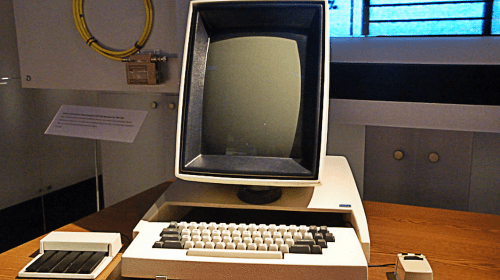Jul 10, 2018
The Iridium satellite constellation, conceived in the early 1990s, was designed to support high Earth latitudes with reliable satellite communications. Most communication satellites are in GEO (Geosynchronous Earth Orbit), over the equator. The curvature of the earth makes providing communications at the poles nearly impossible with GEO satellites.
The name “Iridium” was determined when the first calculations indicated that 77 satellites would be needed to blanket the planet. Iridium is a metal with an atomic number of 77. As it turned out, only 66 were required. The satellites which travel in a pole to pole orbit, began being launched in 1998, by what was then Iridium SSC and continued till 2002. This was an expensive and highly risky venture, running into billions of dollars. The concept required that all 66 satellites be in orbit before commencing with commercial services, so it all had to be done on investments.

History
The first test phone call was made over the network by US Vice President Al Gore to his wife Tipper Gore, in 1998 and by 2002, coverage was complete. Although meeting technical requirements, the constellation was not a market success. With price points that were too high to support the current market demand, complaints about reception indoors, and the bulky and expensive handsets at the time, particularly as compared with terrestrial mobile phones, the company was unable to pay its bills and went bankrupt – the largest US bankruptcy at the time.
A new entity, emerged to operate the satellites, and using a different product placement and pricing strategy, the company offered services to a niche market of customers who required services in areas generally not well serviced by GEO satellites. The market includes the military, explorers and journalists. Although the satellites based on Lockheed Martin’s satellite bus, the LM-700A model, had been projected to have a design life of only 8 years – they carry on providing services, a testament to the design and reliability of the platform.
Design
The satellites contain processors that manage the cross-link antennas, satellite control and phone call processing. Forty eight spot beams arranged as sixteen beams in three sectors are provided by the look down antenna. Four inter-satellite cross links each operate at 10 Mbps. Iridium chose to use microwave, rather than optical cross links that could have supported much more capacity, but the microwave cross links met the size, weight and power requirements allocated for the satellite budgets. These cross-links were unique in the satellite telephone industry. Each satellite can support up to 1100 concurrent phone calls.
The constellation is based on six polar orbiting planes. Each orbital plane contains 11 operational cross-linked satellites, providing a total of 66 operational satellites. This unique architecture presents a web of coverage around the globe, such that real-time communications can be provided over oceans and from the most remote locations.
What’s NEXT

Second generation Iridium-NEXT satellites began to be deployed in January 2017, by Iridium Communications, successor to Iridium SSC. A total of 81 satellites has been ordered, and are being built by Thales Alenia Space and Orbital ATK. Within the count will be spares in a parking orbit, and spares on the ground. The existing constellation will remain operational until Iridium NEXT is fully operational. Many of the first generation satellites will remain operational until the 2020s.
The NEXT satellites have improved bandwidth, but it is also backward-compatible with the current system. As such, it retained the microwave cross-links rather than moving to optical links. Iridium Communications signed with SpaceX to deliver all of the Iridium NEXT satellites into orbit. As of May 24, 2018, SpaceX has delivered 55 satellites into space, leaving two more launches of 10 each to complete the program.
The satellites orbit in six planes providing full coverage of the earth. The NEXT satellites have populated planes 2, 4 and 6, meaning half of the orbital planes are comprised of the NEXT satellites. When complete, there will be 75 new satellites in orbit, 9 of which are spares, leaving 6 spares on the ground.
Speaking of ground, aside from the team at the Iridium Satellite Network Operations Center (SNOC), the global coverage and independent operation of the satellites means that no ground infrastructure is required. This also means that the system is not subject to the natural disasters that can affect typical satellite ground infrastructure. The independence from ground infrastructure enables secure communications including protection from hackers and other security breaches. For the time being, the Iridium constellation including the NEXT generation, provides a superb solution for COTM (Communications on the Move), anywhere on the globe, including the poles.





